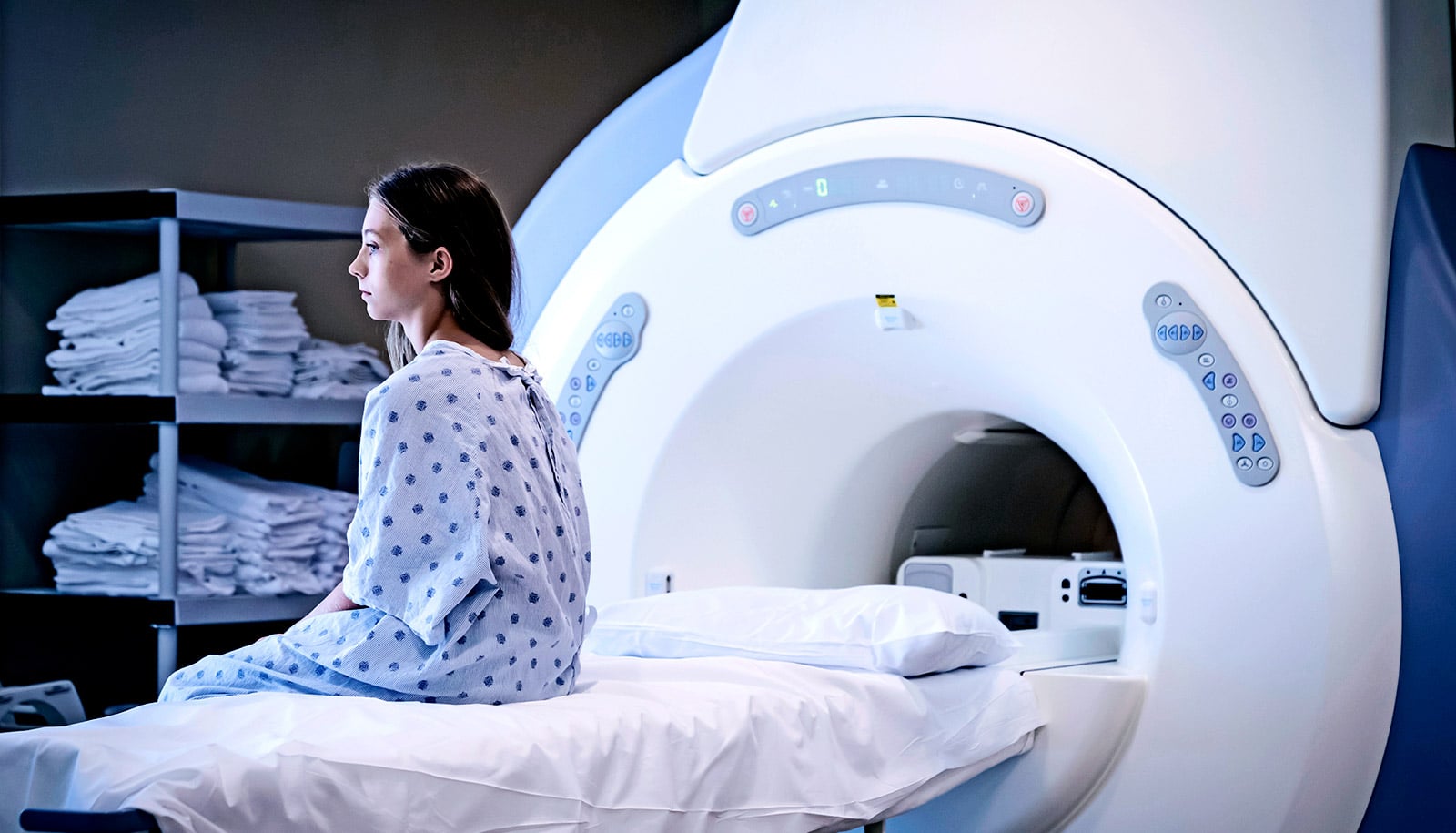A new effort significantly reduces the number of unnecessary CT scans in children, limiting exposure to harmful radiation and reducing health care costs with no negative effect on outcomes.
Every time a child gets a computed tomography (CT) scan from a hospital they are exposed to radiation that—according to research—creates a 1-in-1,000 risk of developing a fatal tumor later in life.
These CT scans—which use several x-ray images and computer processing to create cross sectional images—are important to get a precise diagnosis in specific situations, but carry extra risks and additional costs that are best avoided if other methods are possible.
“Clinicians often feel compelled to do a CT scan and not risk missing something really important,” says Derek Wakeman, associate professor in the departments of surgery and pediatrics at the Pediatric Trauma Center at the University of Rochester Medicine Golisano Children’s Hospital (GCH).
“But, there are alternative ways to rule out conditions without a CT scan. If a child is awake and alert, we don’t necessarily need a CT scan to determine concussion risk. If blood work looks normal and the child does not have significant abdominal pain, we can often omit an abdominal CT. For possible cervical spine injuries, x-rays can help pick up significant injuries.”
For the initiative, described in the Journal of Pediatric Surgery, the researchers adapted existing CT scan guidelines and developed new ones around four areas of the body: head, neck, chest, and abdomen/pelvis.
“Guidelines have always been available for these areas, but the methods in which our department rigorously applied them, tracked the results, and looked to continuously improve are unique,” says Wakeman.
After adapting guidelines for these four body regions, clinicians examined the CT scanning rates prior to the initiative (01/2016-06/2017) and after implementation (07/2017-08/2021) to determine how many scans were not indicated by the guidelines.
Before the program launched, 61 patients underwent 171 CT scans, of which 87 scans (51%) were not indicated by guidelines. Post-implementation, 363 patients had 531 scans and only 134 CTs (25%) were not indicated.
This significant reduction of CT scans has multiple benefits for patient safety and operational efficiency, Wakeman says. “It reduces a lot of waste in the system and more importantly minimizes exposure to radiation, as young children are at a much greater risk of injury from this exposure than adults.”
The study estimated that a total of 146 children were spared excessive radiation with no clinically significant missed injuries since the guidelines were implemented. The GCH clinical teams achieved this by using alternative means of diagnosis, while still applying best-practices, for the different areas of the body. Existing guidelines were more widely adapted for head, neck, and abdomen/pelvis, while new guidelines were developed at GCH for the chest area.
In addition to preventing unnecessary exposure to radiation, charges related to scans in the GCH emergency department decreased from $1,490.31 per patient to $408.21 per patient, saving an estimated $218,000 in total medical costs for this group of children.
Implementing these changes required a collective education effort among all the teams to review and revise guidelines, and then the guidelines were integrated into the technological process to diagnose patients.
“It’s built into the culture now. People know it’s safe to utilize this approach and they’re not going to miss clinical injuries,” says Wakeman.
Source: University of Rochester

